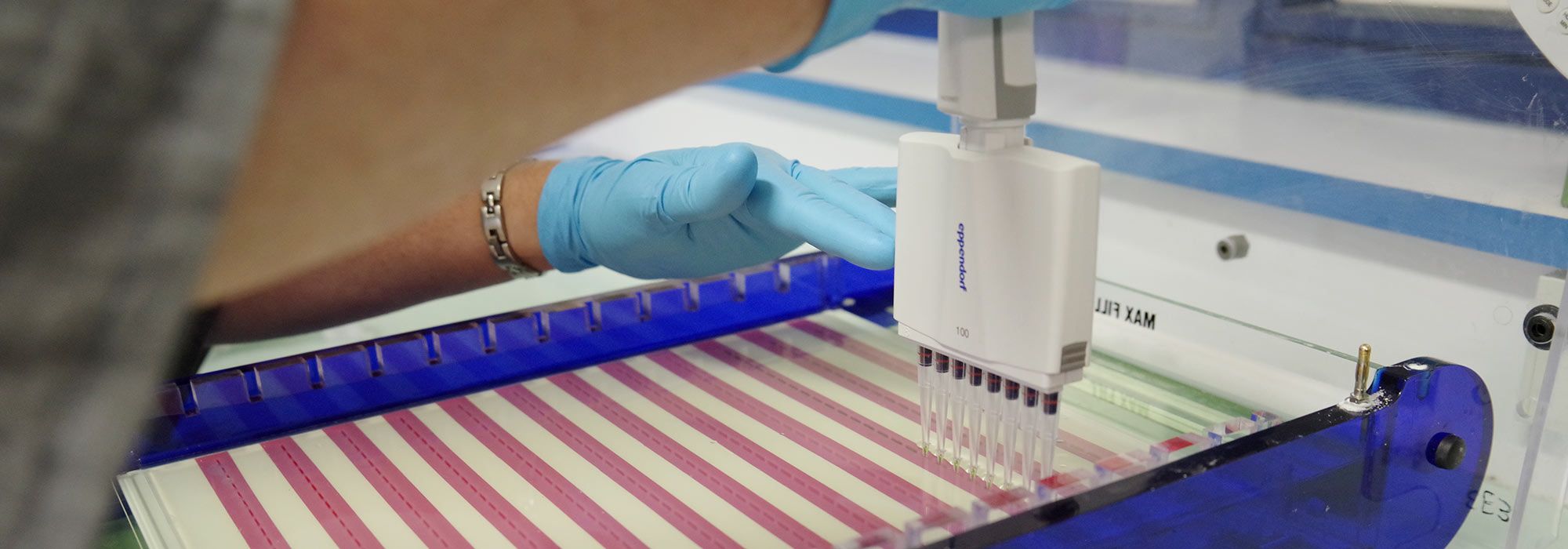Typing and Archiving of Animal Models

CNRS - 3B, rue de la Férollerie
CS 20057
Orléans 45071
France
The TAAM is a support and research unit offering a wide range of services dedicated to rat and mouse models for fundamental, biomedical and pharmaceutical research. TAAM offers a range of high-level technical services based on 8 areas of expertise:
- Custom colony management,
- Management of axenic and genotoxic colonies
- Assisted reproduction
- Cryopreservation and Archiving
- Genetic analysis and monitoring,
- Distribution
- Microbiological diagnosis
- In vivo imaging,
TAAM is one of the three national partners in the PHENOMIN french infrastructure, It is also a member of the CELPHEDIA national infrastructure (Creation, Breeding, Phenotyping, Distribution and Archiving of vertebrate models http://www.celphedia.eu). TAAM is one of the platforms of the pan-European INFRAFRONTIER infrastructure (https://www.infrafrontier.eu/) in which it is one of the main centers for archiving, axenisation and distribution of mouse models. TAAM is one of the 4 platforms partners in PEPR SAMS Gnotanima Project for Gnotobiotic Animal Models (Gnotanima). TAAMhas also been identified as an IBISA (Infrastructures in BIology Health and Agronomy) platform since 2001. The unit has been ISO 9001 certified since 2008 and NFX50-900 certified since 2014.
Expertise and skills:
TAAM provides the scientific community with all the technical facilities required for the management of mouse models colonies,their conservation and their distribution.. The platform houses a "mouse and rat libraries", a large collection of mouse and rat model lines for fundamental and biomedical research.
Custom colony management
Housing genetically complex lines with varying health statuses; in isolators, ventilated racks or open cages in protected areas. Custom projects, cohort generation, controlled matings, personalised diets, experimentation, etc.
Management of axenic and gnotoxenic colonies
Axenisation of mouse lines by aseptic hysterectomy and embryo transfer.
Genetic analysis and monitoring
Genotyping of genetically modified and non-genetically modified mouse and rat lines (knock-out, knock-in, transgenic, mutant, etc.) using namely the PCR (Polymerase Chain Reaction) technique.
Cryopreservation
Preservation of mouse and rat lines in the form of embryos and/or sperm; systematic viability testing, Archiving in liquid nitrogen tankers
Microbiological diagnosis
Determination of the presence or absence of pathogenic microorganisms or microorganisms that interfere with research (bacteria, parasites, viruses), according to the list of FELASA list recommendations in force.
In vivo imaging
Imaging methods including bioluminescence and 2D fluorescence, 2D and 3D scintigraphic imaging, ultrasound and photoacoustics. Development of experimental cancer models using xenografts that can be studied using in vivo imaging (proliferation, tumour metabolism, hypoxia, etc.).
Distribution
Export of murine models in "breathing" or frozen form (embryos/sperm) in France or abroad.
Assisted reproduction
Rederivation: Obtaining mouse or rat lines with health status free of pathogens and opportunists from a variety of biological materials (embryo, sperm).
Reviviscence: Revival of lines from frozen embryos (mouse/rat) or from Frozen or sperm (mice) cryopreserved on site or from external laboratories.
Experimental facilities:
- Ventilated racks, medium and large-capacity isolators, protected areas, autoclaves, washing tunnels, microbiological safety stations,
- Cryocontainers,
- Microscopes, binocular magnifiers,
- Planar scintigraphy,
- Optical imaging (bioluminescence, fluorescence),
- X-ray imaging (2D or X-ray scanner)
- Tomoscintigraphy,
- Ultrasound and photoacoustic imaging

